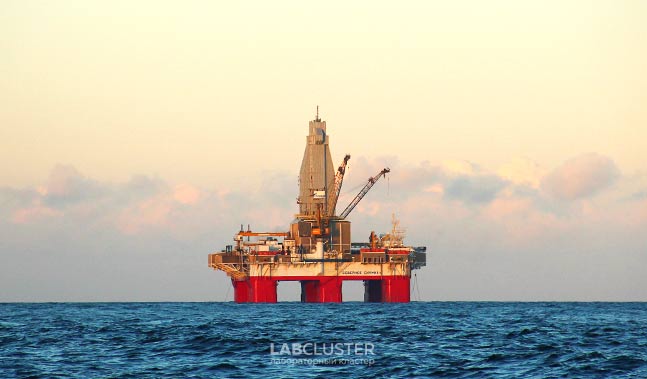The regular monitoring program includes the following:
- wastewater control points (before and after purifying facilities, on discharge to a water object);
- points of natural water sampling from a water body (above and below the discharge of wastewater to a water body or points in the water area);
- list of controlled pollutants.
This list depends on the type of wastewater – household, industrial or storm. The amount of substances can vary from 9 indexes (for stormwater wastewater) to 18-20 (for household and industrial wastewater). For industries with complex production cycles the list of controlled substances may be even longer.
- frequency of waste and natural water monitoring.
The frequency of monitoring depends on the category of the company by NEI.
For companies of the 1st and 2nd categories of NEI control is done at least once a month, for companies of the 3rd category – once a quarter.
- monitoring data of water objects (their morphometric features) and data on the state of water protection zones of water objects (forms 6.1, 6.2 6.3 of the order of the MPR of the Russian Federation of February 6, 2008
Inspection of a water body (measurements of depth, flow rate, water consumption) and its water protection zone (erosion, grass, etc.) must be carried out by a laboratory licensed by Roshydromet.
What are the requirements for a laboratory that performs analyses as part of a regular monitoring program?
Availability of the accreditation Certificate and a License of Rosgidromet.
Where and for how long is the program of regular monitoring agreed upon?
The program is approved by the Neva-Ladoga Basin Water Management (NLBWM) for a period of 3-5 years.
In which case do I need to correct the program?
The program is corrected when changing technological processes at the enterprise.
How do I report on the program?
The results of the program are the protocols of analyses performed by an accredited laboratory. Copies of protocols and accreditation certificate of the laboratory must be quarterly submited to NLBWM.
Companies that discharge wastewater into a water body must also have a "Decision on granting the water body for use". This document is issued by the NLBWM or the environmental management Committee of the LR (depending on the ownership of the water body).
As part of reporting on the use of a water body for wastewater discharge companies must submit the following reports::
- quarterly: - Report on the order of MPR No. 205 dated 08.07.2009. (forms 3.2 and 3.3).
This report is based on analyses of wastewater control conducted under the "program of regular monitoring of a water object and its water protection zone".
- annually - Report on the order of MPR of the Russian Federation dated February 6, 2008. N 30 data of water objects monitoring (their morphometric features).
What are the consequences if the company has not submitted reports or there are excesses?
If reporting is not submitted on time or there are exceeded concentrations of contaminants above the MCL in discharged wastewater, NLBWM has the right to transmit to the Prosecutor the information about the company as the violator of the water protection legislation which is the basis for an unscheduled inspection of the enterprise and the subsequent imposition of administrative penalties (fines).






